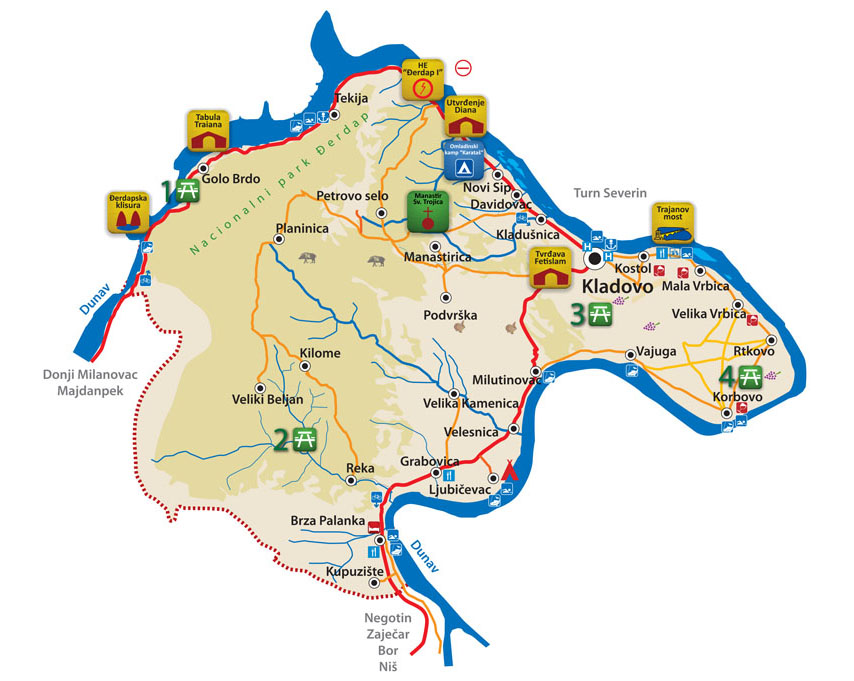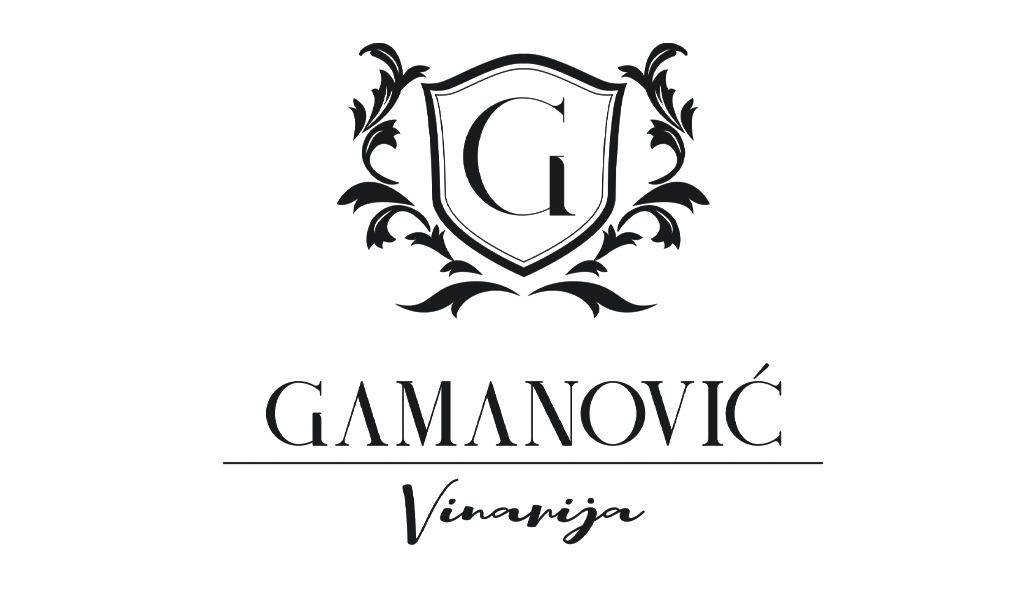Kladovo
Tourism resources in the territory of the municipality of Kladovo are concentrated in a rather narrow zone of the Danube riparian zone and follow the flow of the Danube. The interior of the municipal area has potentials, especially in terms of landscape units and landscapes of preserved nature, but the most important anthropogenic resources are positioned along the Danube (Tabula Traiana, Diana, Fetislam, Trajan's Bridge).
The Danube and the Iron Gates – are the most important resource of the municipality of Kladovo. The Iron Gates ends in the territory of this municipality (a part of the Veliki Kazan (the Great Cauldron) gorge, the Mali Kazan (the Small Cauldron) gorge, the Oršavska ravine and the Sipska gorge). After the village of Sip, it enters into a peaceful stream through a part of the Vlach-Pontic basin, where two great hydropower plants were built.
Diana – is a Roman and early Byzantine fortress (town, necropolis, road) from the period 102-103 AD, on a dominant hill near the banks of the Danube, being one of the largest Roman-Byzantine fortifications. Building of the fortress Diana is related to the final phase of building the strategic and fortification stretch between Belgrade and Kostol, which was completed by the Emperor Trajan around 110 AD.
Fetislam – Kladovo fortress (medieval-Ottoman fortress), was rebuilt by the Ottomans, the remains of which still exist today. Today, there are two stadiums within the walls of Fetislam, one small-sided football pitch, basketball and handball pitches, an archery round, two buildings with locker rooms and a path leading to these facilities. Within the small town are the remains of the former stage, which is now completely derelict. The fortress is being used and visited minimally, mainly for recreational purposes.
Roman memorial plaque (Tabula Traiana) – located under the Đerdap trunk road, is accessible only from water today. It is a cultural monument from the period 100 BC, when in the area from Golubac to Kladovo, in the steep cliffs of the right bank of the Danube, the Roman road (the Roman Limes) was built, which connected a system of fortifications, bridges and docks. During the construction of HPP “Đerdap”, a block of stone weighing 300 tons was cut and raised above the level of the upper elevation of the Đerdap reservoir.




















